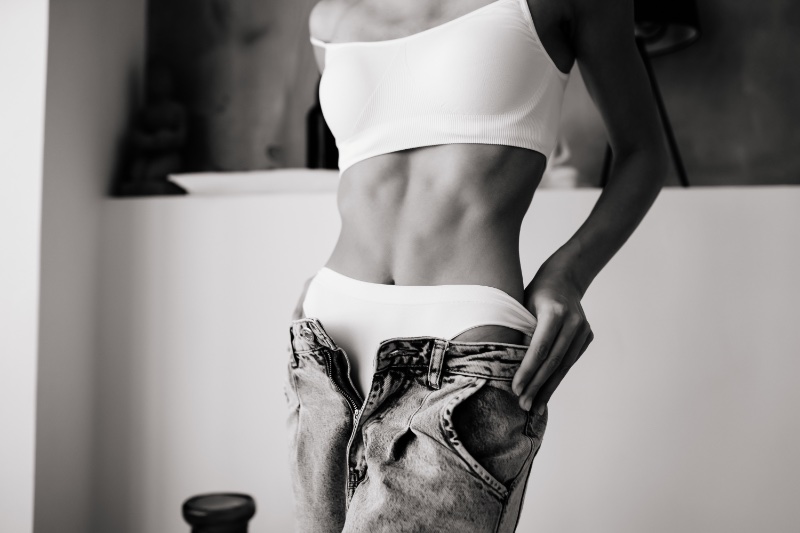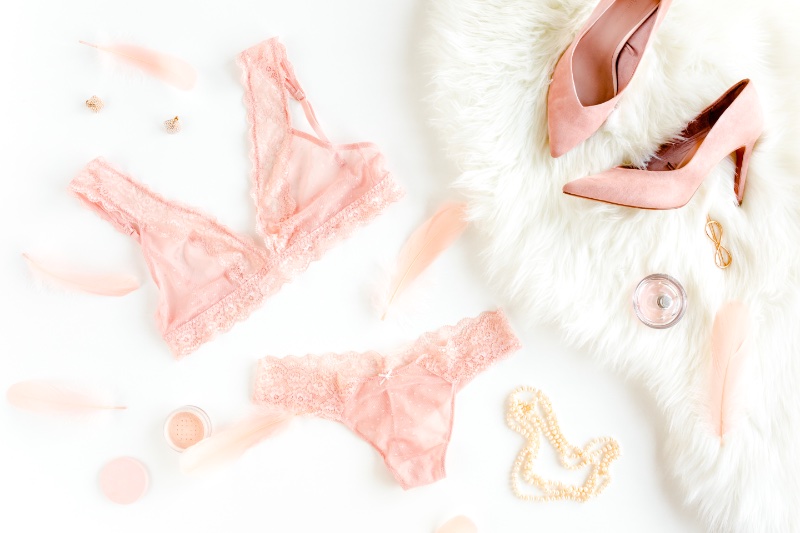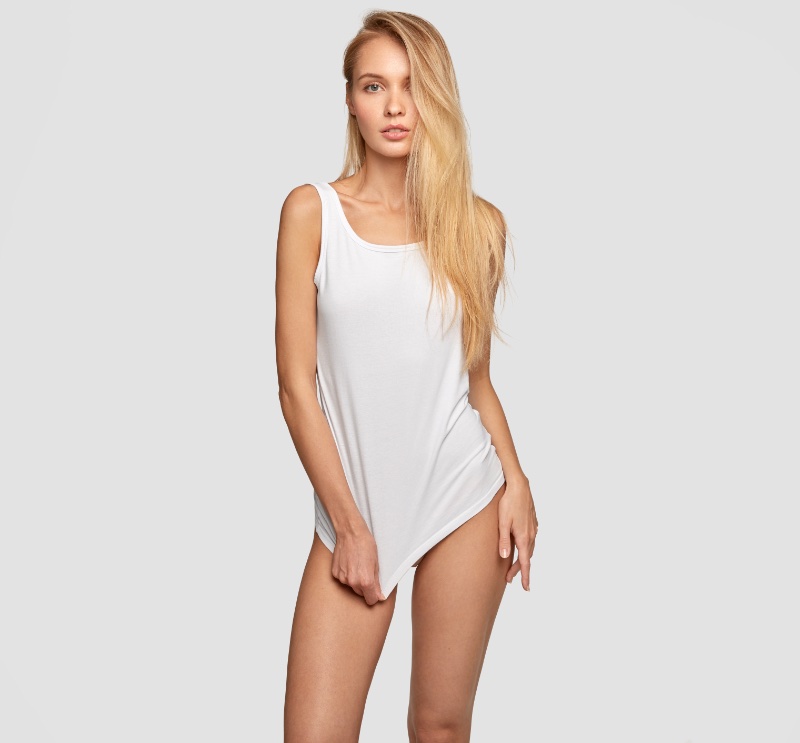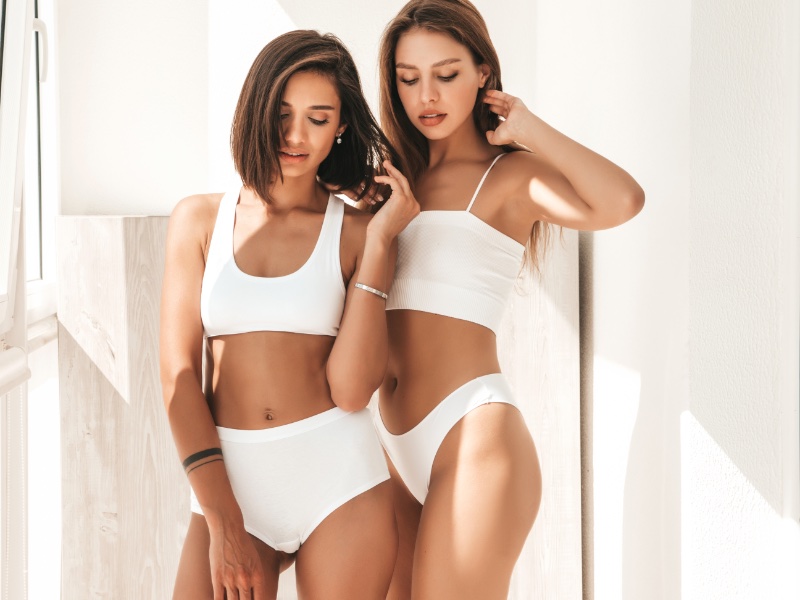
If there exists an underwear style that can rightfully be termed divisive, it’s the classic thong. Do you know thongs aren’t legal as swimwear across all US municipalities? Consider the case of Delaware and Tennessee, where thongs are only allowed in select recreational areas. But what’s the issue with donning them under civilian clothing, right?
Some vocal detractors of this underwear style believe they lack function and sex appeal. That’s a significant charge for a tiny piece of fabric carrying an outsized mythology. Upon closer inspection, most negative opinions seem rooted in unfortunate personal experiences with low-quality undergarments.
The Fear of Sustaining a ‘Permanent Wedgie’

Devotees of classic panty-style underwear advocate for its full coverage and comfort. However, this doesn’t imply thongs are any less comfy. With the thong’s limited fabric and unique cut, women worry about a potential wedgie.
This fear is unwarranted, as any underwear style can lead to clothing mishaps if worn in an incorrect size (either too snug or too loose). The quality of the fabric is another critical consideration. Top-notch thong underwear is designed to stay put, irrespective of frequent body movements like walking, bending, running, sliding, etc.
Evelyn & Bobbie assert that high-quality thongs are crafted from breathable, skin-friendly materials, creating a barely-there sensation. Furthermore, the high-waisted variant is popular and comfortable, securely fitting around the waist.
Apart from size, factors impacting comfort include personal hygiene and adjustment period. For example, if your intimate area isn’t adequately clean and dry when you wear a thong, you might experience discomfort, irritation, and itchiness.
Similarly, newcomers might initially find thongs uncomfortable. It’s advisable to start by wearing it for shorter periods, gradually increasing the duration over time.
Aren’t They Inappropriate?

Another group of women hesitates to wear thongs, fearing they might convey the wrong impression. Hard to believe? A recent incident involved an expectant mother from the UK, who her midwife criticized for wearing thong underwear.
The societal connotations of thongs can hinder their adoption, and yes, this underwear style is associated with maturity and sauciness. But that doesn’t make it any more scandalous than wearing a bra under your shirt.
Many women report an instant confidence boost when wearing sleek high-waisted thong underwear that flatters their bodies. Moreover, this underwear style contours to your body shape, offering a more natural fit, unlike others that can squeeze and create skin wrinkles or rolls.
Remember, it’s nobody’s business knowing what undergarments you wear, let alone the message they send.
Limited Compatibility with Different Garments

If your reservations about thongs come from an image in a magazine or the internet, they’re understandable. On the surface, thongs appear uncomfortable and unsuitable for everyday garments like skirts, jeans, etc.
One significant benefit of this undergarment is the absence of Visible Panty Lines (VPL). Standard underwear comes with ample fabric and often tight elasticated bands that leave impressions around the waist and thighs, attracting unwanted attention and judgment.
In the case of thongs (especially those with laser-cut edges), there are simply no lines to show. This makes them perfect for super-tight dresses, skirts, form-fitting jeans, and even yoga pants.
What About the Sexiness Factor?

If a thong makes you feel unattractive, it’s likely due to low-quality fabric or an incorrect size. Like any other underwear, overly tight or loose thongs can distort your natural body shape.
The right fit will feel snug but not constricting. Since the minimal fabric is in the back, it’s natural to feel attractive wearing a thong (even if nobody else sees it). However, when you feel sexy, it manifests in your confidence and how comfortable you are with yourself.
Moreover, thongs don’t suppress your body’s natural shape, letting it shine through that bodycon dress or form-fitting leggings. It’s the ideal underwear to show off your hard-earned gym results.
The Fear of Contracting Infections
Women often hesitate to wear thongs due to their notorious reputation for yeast and bacterial infections. This is a misconception, as these issues relate more to a thong’s material and fit than the underwear style itself.
For instance, if your thong doesn’t stay put and requires constant adjustments, it might lead to an infection. The correct fit isn’t too tight or loose; the thong should move (stretch) with you to prevent unnecessary friction on your sensitive parts.
Also, synthetic materials can trap moisture, providing an ideal breeding ground for yeast and bacteria. Cotton proves to be the best fabric for the gusset, which rests on the intimate area. Coupled with proper hygiene, these precautions will ensure you never have to worry about UTIs or other health issues.
Final Words: Your Fashion Game-Changer

The thong is a paradoxical undergarment associated with overt sexuality yet can be practical and discreet under clothing that threatens to reveal panty lines. This underwear style had somewhat fallen out of fashion around 2015, as reported by Glamour, but it’s coming back among Gen-Z.
The ‘retro fit’ or high-waisted thong is predominantly the fashion game-changer as it offers full coverage, prevents wardrobe mishaps, and allows the body’s natural shape to shine through. A few tips for wearing and maintaining them include changing thongs daily, alternating their use with other underwear styles, and selecting the suitable material and size.





